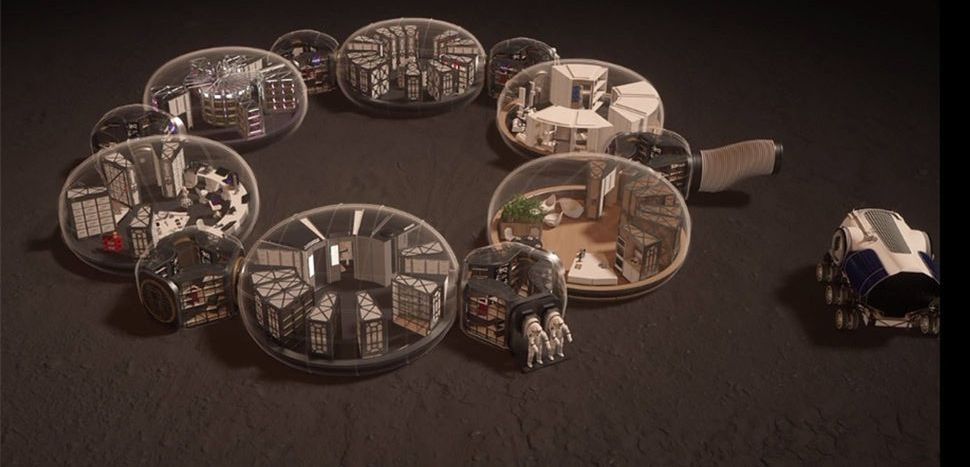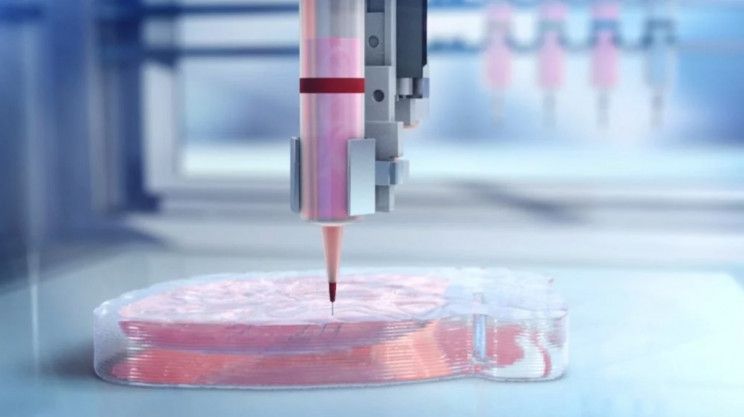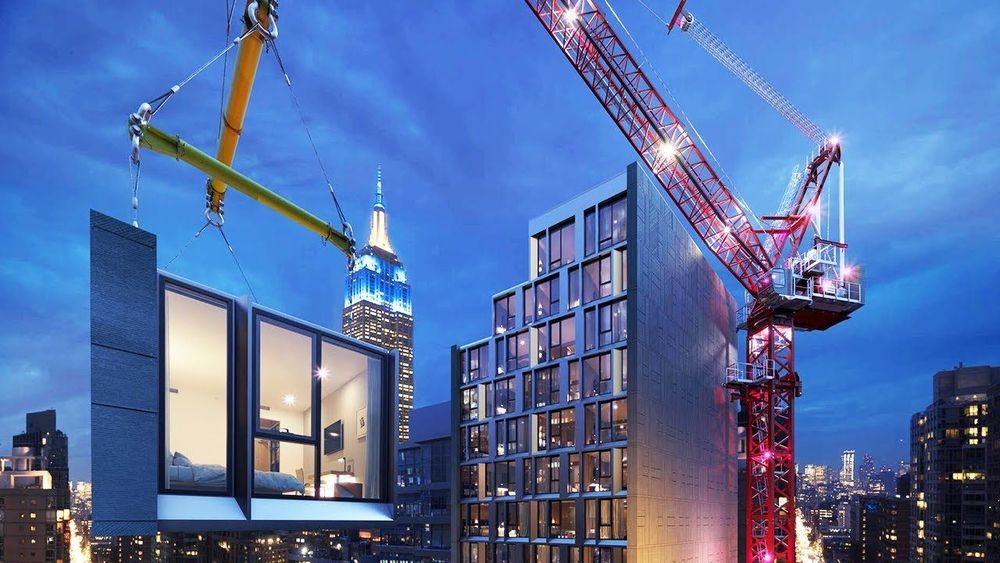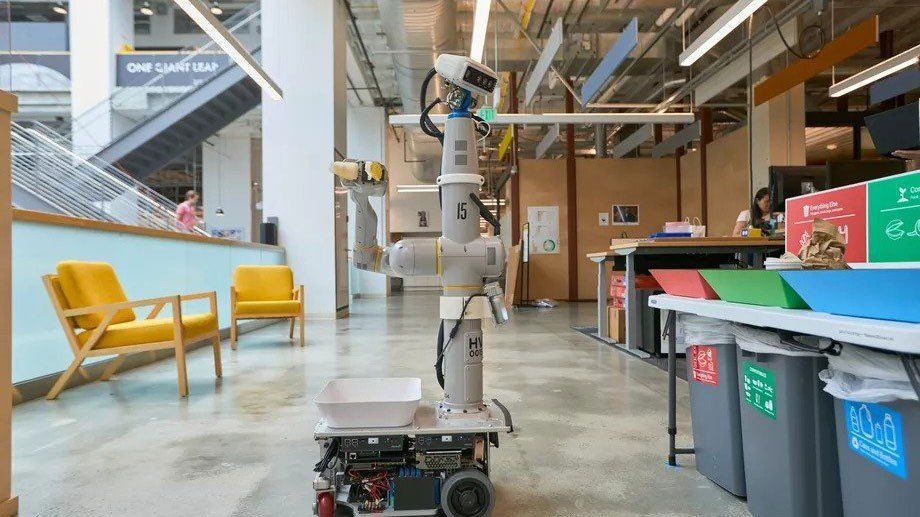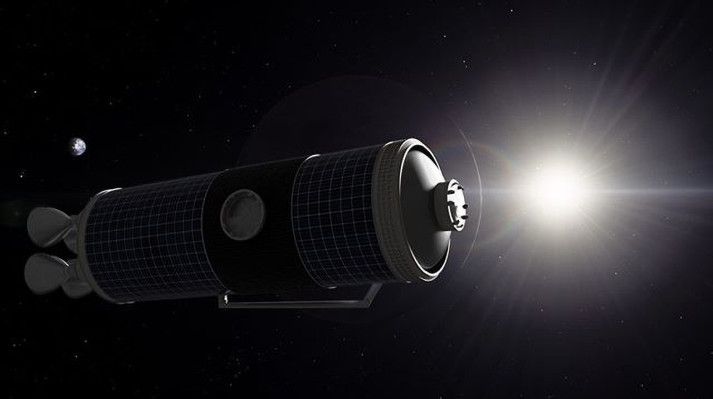Dec 30, 2019
Finland ends homelessness and provides shelter for all in need
Posted by Shailesh Prasad in category: habitats
In Finland, the number of homeless people has fallen sharply. The reason: The country applies the “Housing First” concept. Those affected by homelessness receive a small apartment and counselling – without any preconditions. 4 out of 5 people affected thus make their way back into a stable life. And: All this is cheaper than accepting homelessness.
Read this article in German here.
Finland is the only country in Europe where homelessness is in decline.


